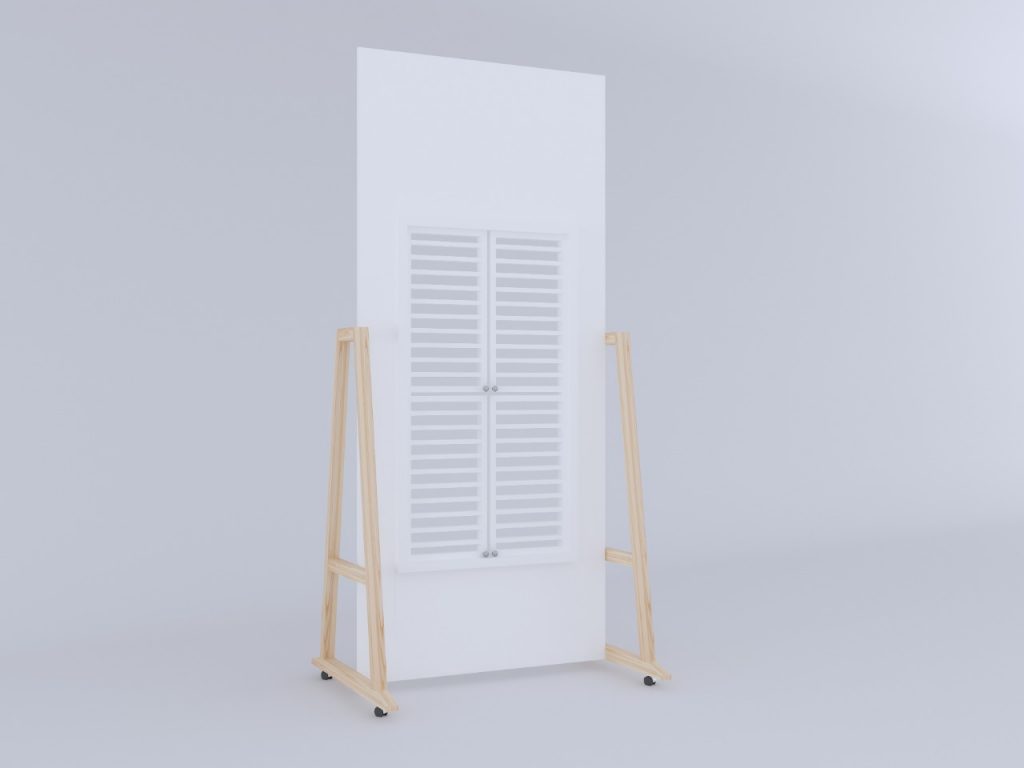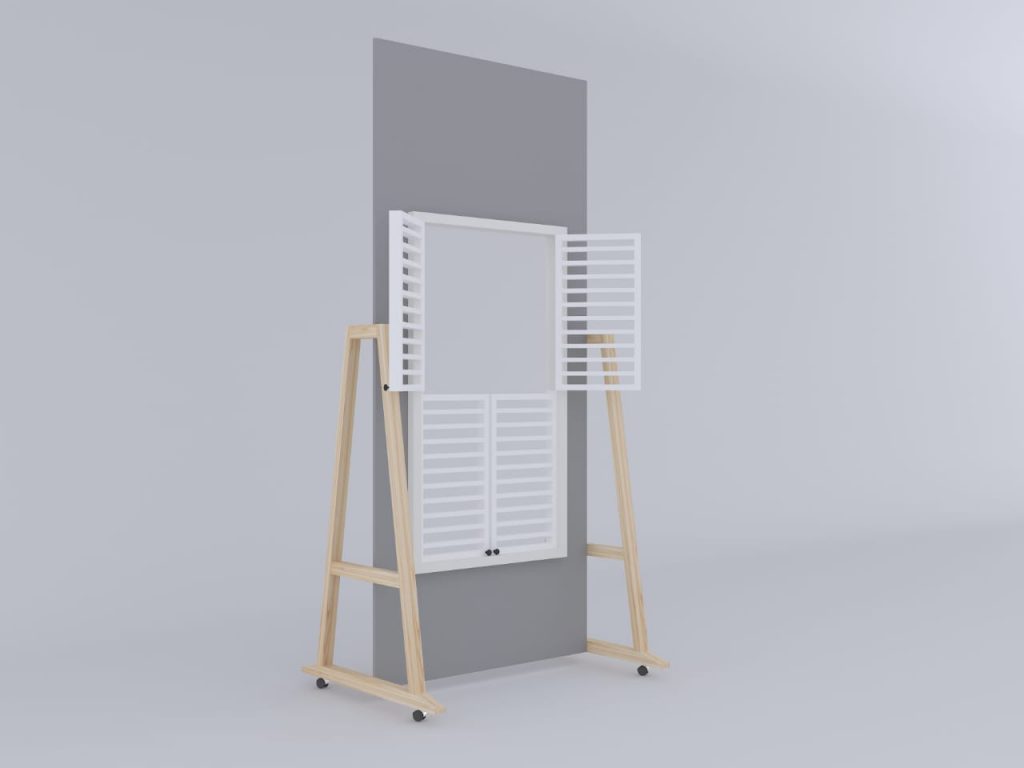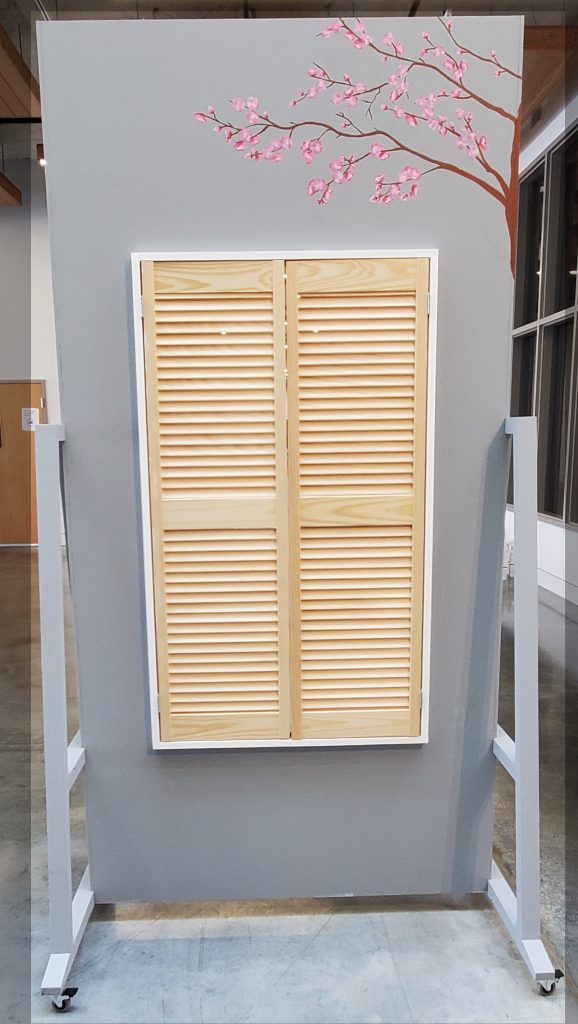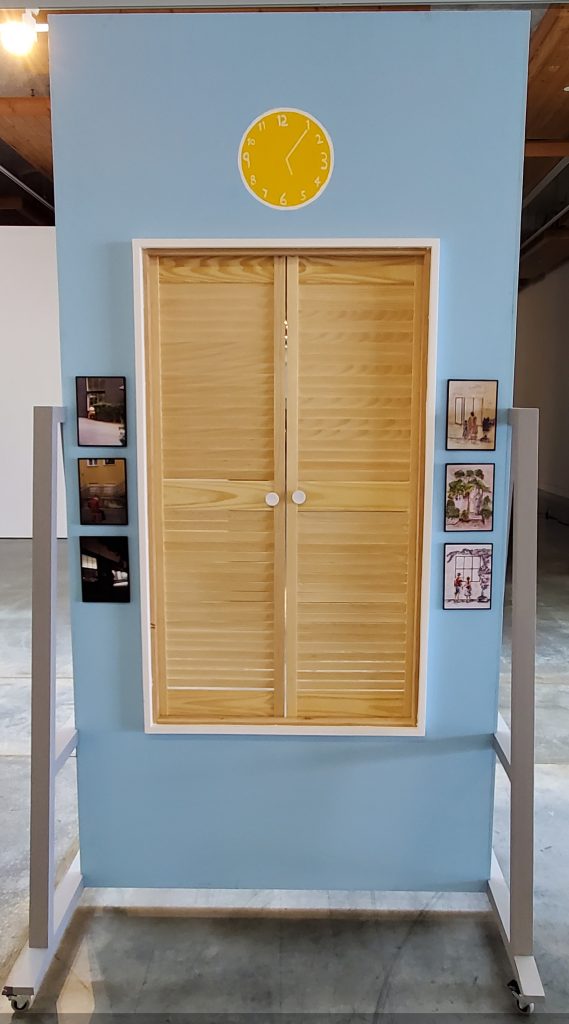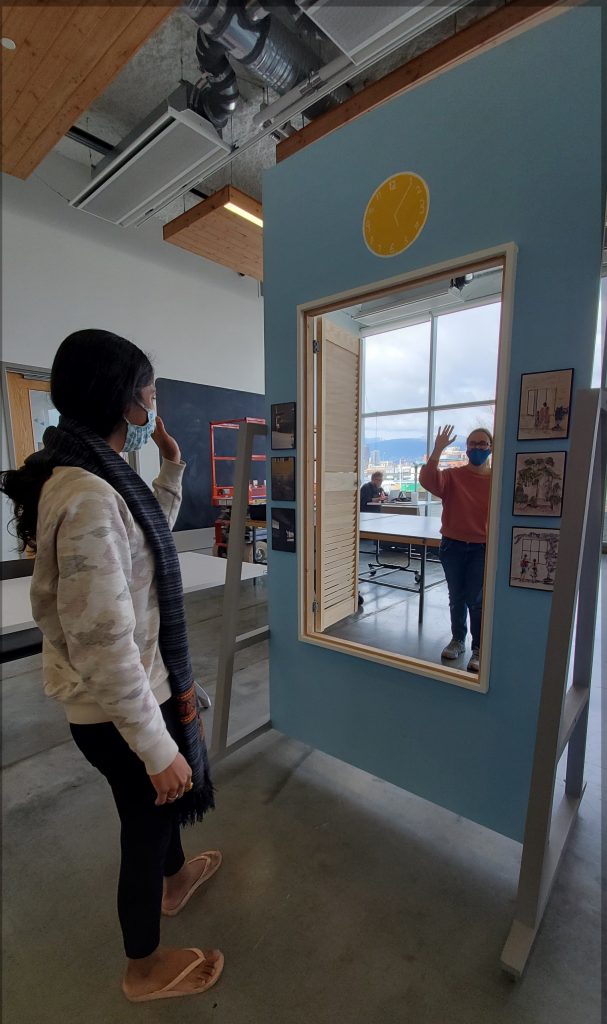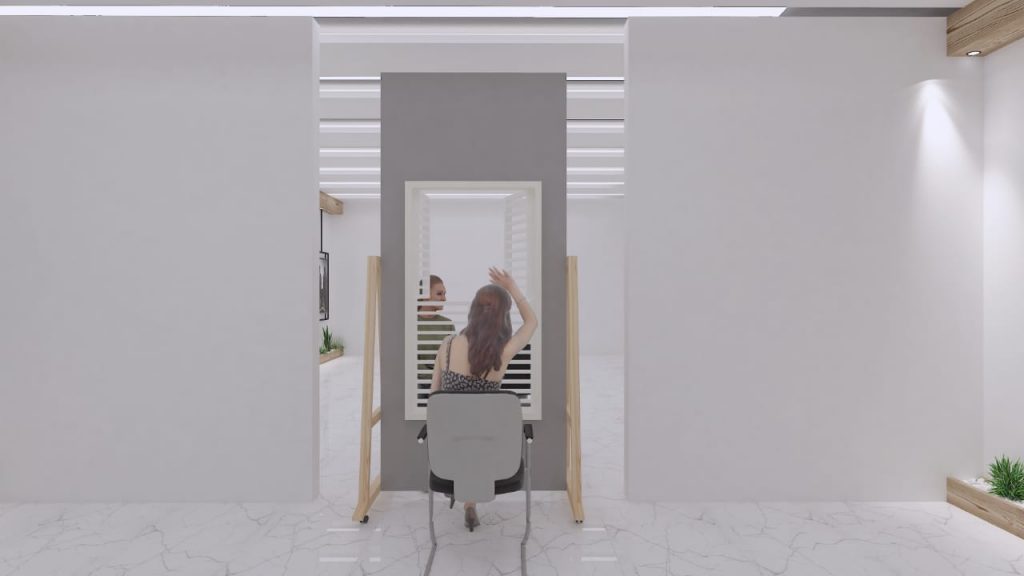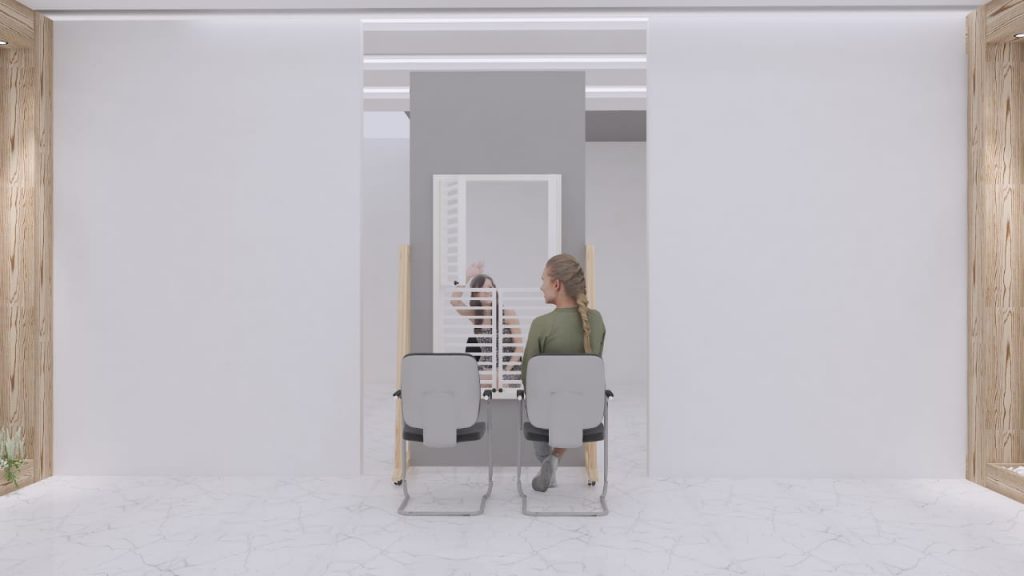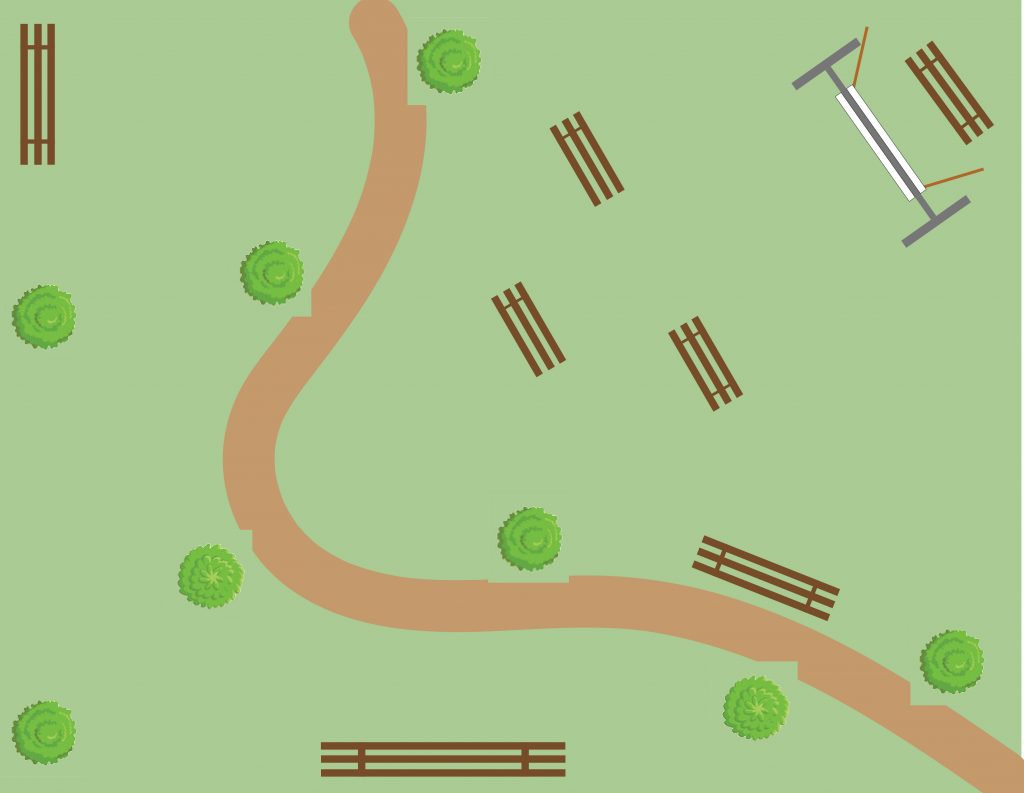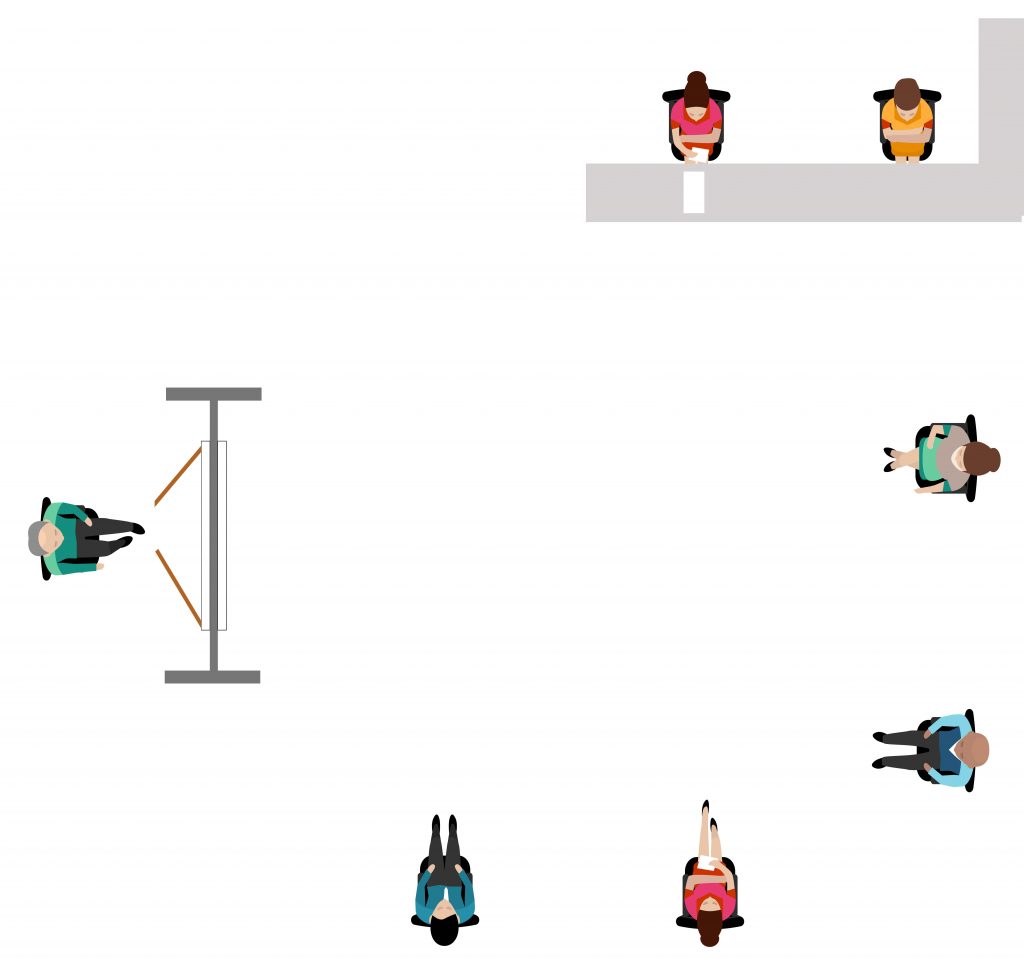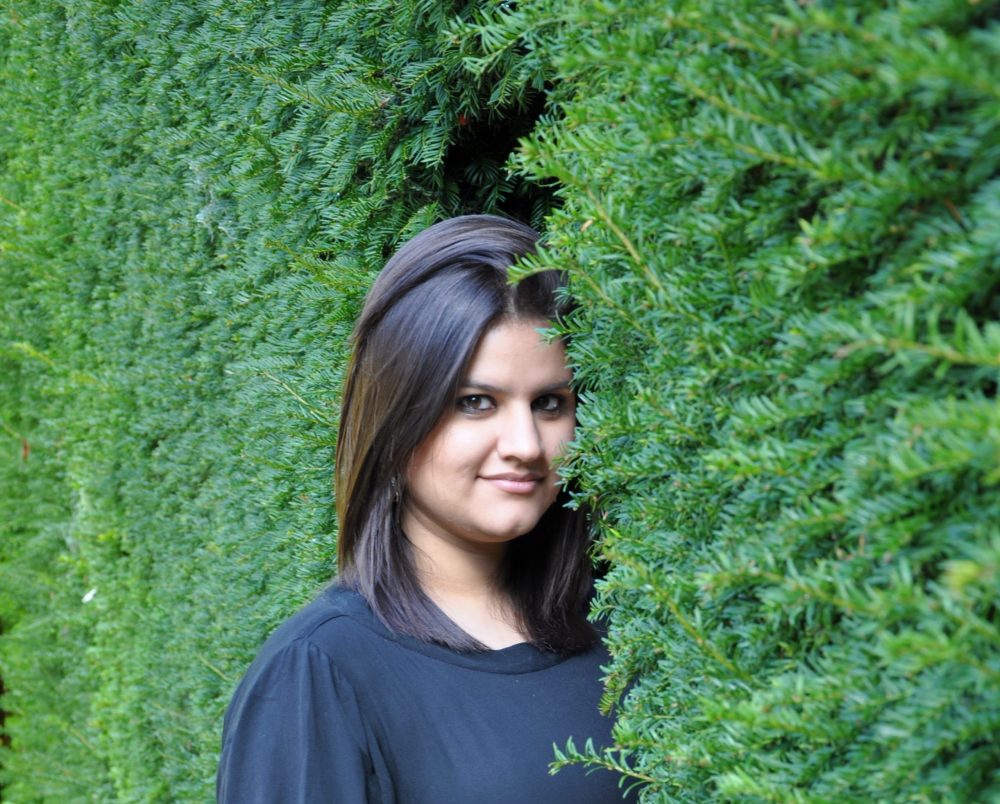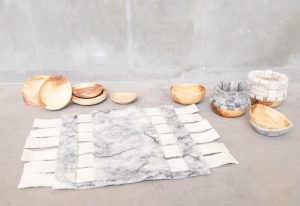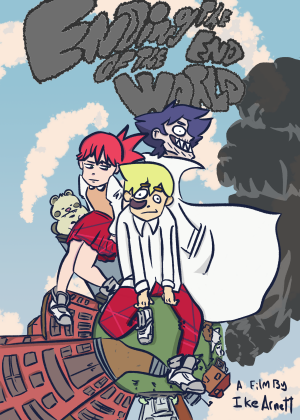Relational Encounters
Abeer Tahir
This thesis aims to explore and honor how people are trying to connect with each other during the isolation required by COVID-19. I embarked on a personal journey to understand how people were experiencing the barriers of communication when social distancing became necessary. The relational encounters among family, friends, and strangers have changed drastically. The care and connection that was once expressed through physical contact like hugs, pats on the shoulder, or wrapping one’s arms around each other, is now reduced to a restricted point of contact, such as through a window or across a distance. These small moments of interactions have proven to be jewels of connections under challenging times. Experiencing this firsthand myself further validated the trajectory of my research.
Through a process of journaling, auto-ethnography, storytelling, story gathering, and story listening, I researched new characteristics of human relationships and connections formed among families and communities. The unconventional interactions that I saw taking place through windows and across other thresholds have deeply resonated with me. I asked myself, as a designer, how can I use storytelling as a method to aid social innovation to create a space of engagement within a community? Can design support the generation of new narratives where the families, friends, and fellow community members feel included and connected to each other?
I have been observing interactions happening through windows outside of care homes. It inspired me to search for ways to support interactions and channels of communication in these constrained and challenging times. The design-driven outcome, Khirki, has proposed a narrative environment where the audience can physically, emotionally, and intellectually participate that will help to bring people together safely across barriers and appreciate precious moments of shared time.
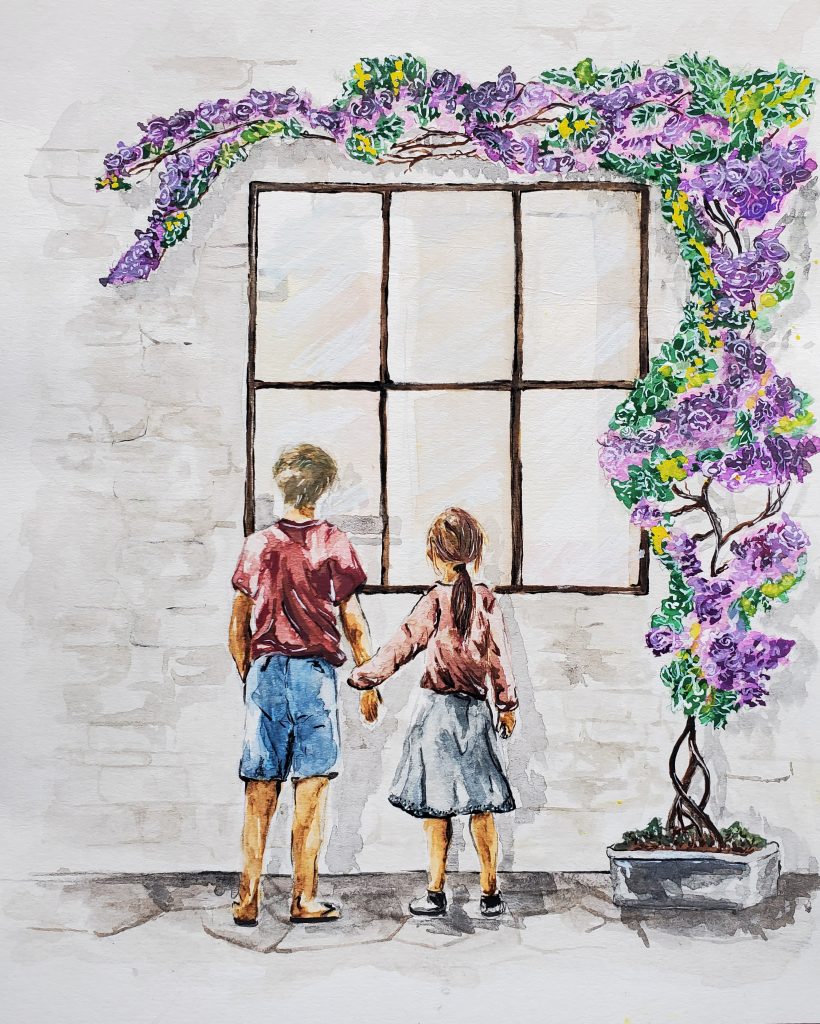
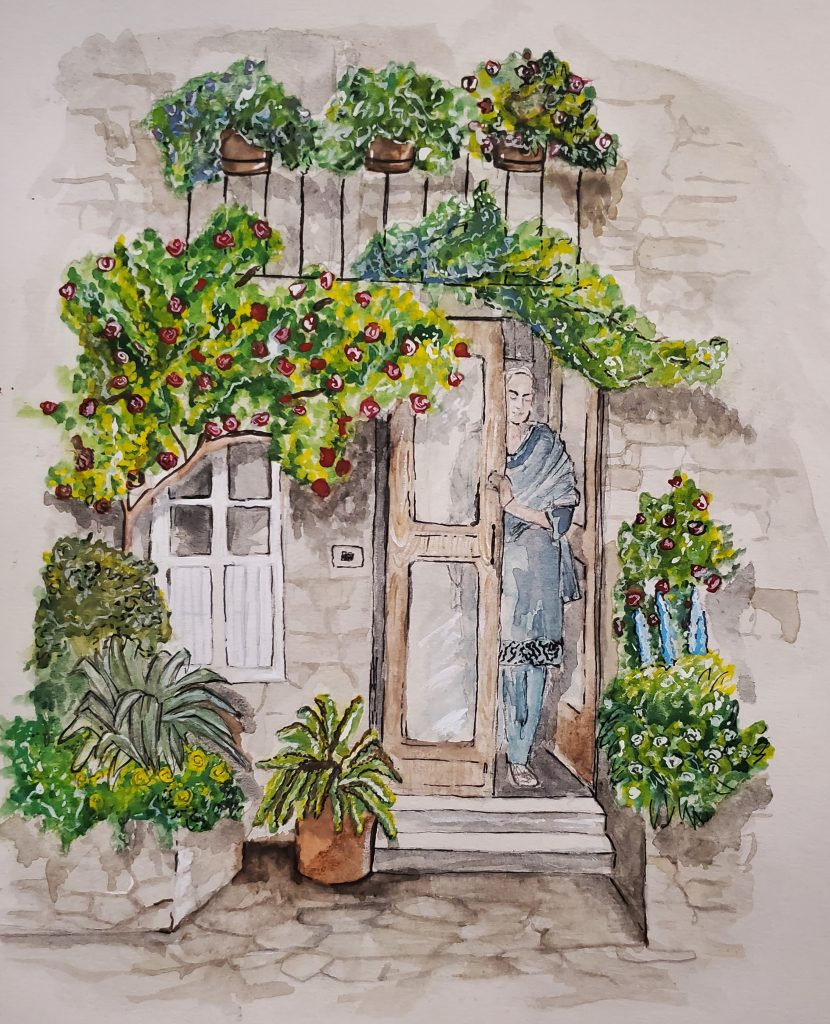
This project has been focused on the context of restricted physical engagement due to covid-19. The limited engagement among people and loved ones has been challenging for many. At times like these, I noticed how small moments of interactions through the windows of loved one’s homes, care homes, and hospitals offered relief to people who were struggling to connect with family and other members of the community. I observed, witnessed, and gathered many different stories where people were singing, playing an instrument, or reading a book to their loved ones using the window as a channel for communication. As mentioned earlier, windows have become a metaphor for these precious interactions.
My final design outcome started out as a portable theater box which later evolved into an experimental piece of design called Khirki. It means Window in Urdu. The outcome plays with the image of the window and invites a theatrical experience where everyone can come and tell their stories, have conversations and perhaps sing a song. Khirki is a representation of an emotional time. It is an invitation to come, sit and tell your stories.
The concept takes inspiration from the relationship of the speaker to the audience in times of covid-19 restrictions. The window is opening the interior to the outside. It is inviting the outside to look inside. This project flips the typical positioning of speaker and audience. The person on the outside is the speaker, implying that anyone can speak. The speaker’s position or chair, is there for anyone who feels impelled to tell their story to those who are “inside”.
I believe the renegotiation of relational encounters that was needed during covid-19, lead to windows becoming an emotionally charged symbol. I didn’t want a window to only serve as a symbol. I decontextualized the window so that it carries both old meanings and acquire new meanings as we progress by accepting new stories, visits and performances from anybody making it ‘every person’s theater.’
People can feel free to participate in the narrative environment created by Khirki by performing in turns or contributing their vivid imaginations to the ongoing stories. The installations can happen in many places. It can be placed in the waiting areas of the hospitals where people can unburden their worries or concerns . It can be placed in the common room of care homes or hospitals. People can sit down and listen or just be sitting there at the tables doing their own activities. It can also be arranged as an occasional event outside in a park or a pavilion where different people contribute to the narrative environment by performing their stories or singing a song.
The transient environment created by this theater can convert ordinary places into active and lively spaces for a limited period at a time and leave behind memories and stories. It can spread kindness, bring a smile to someone’s face and provide a meaningful new environment for relational encounters, especially in the challenging times of covid-19.
